Interior designer tips can be followed by all restaurant owners looking to decorate or redesign their restaurants. Here are 5 amazing tips that can be taken into consideration.
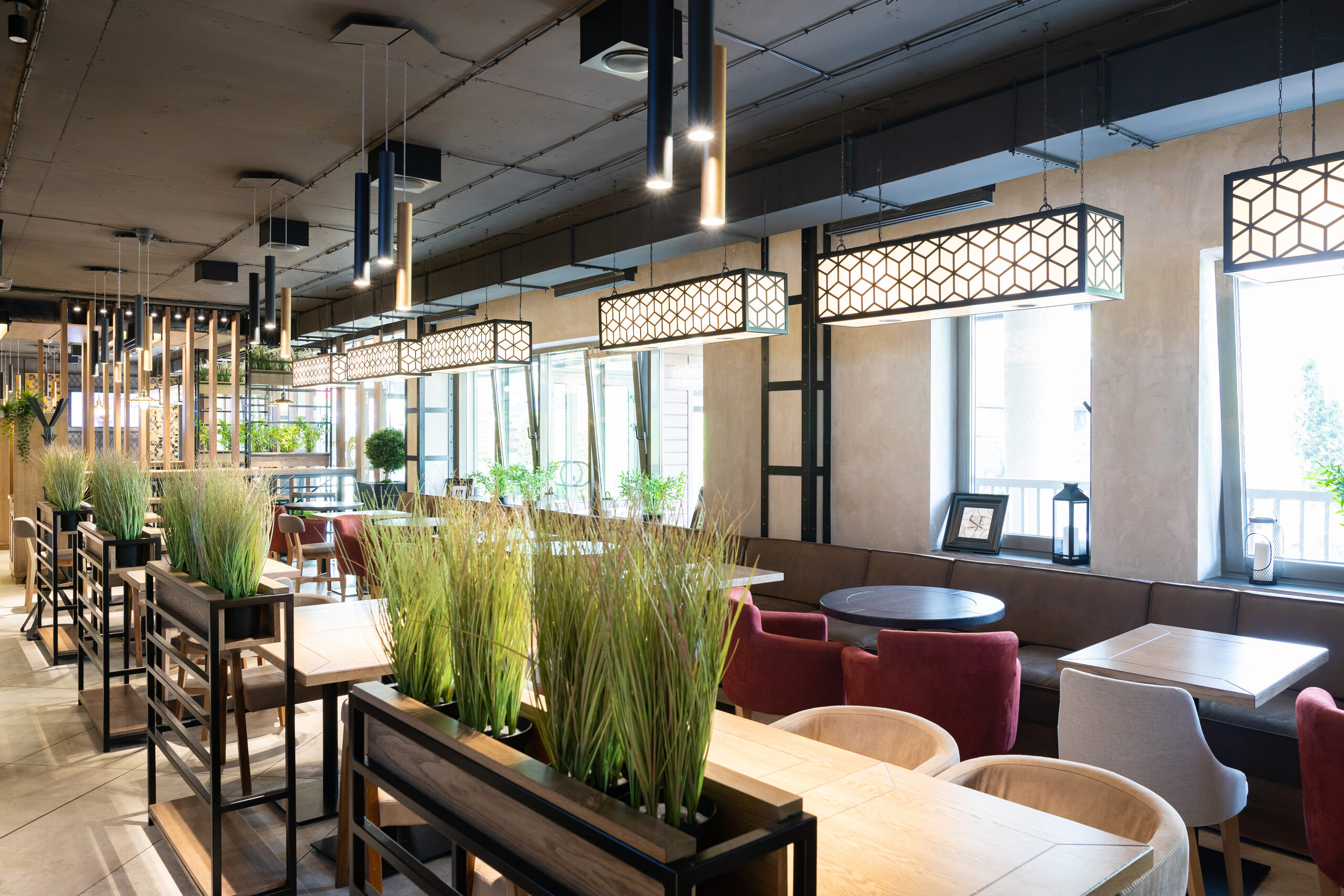
In choosing the right interior designer for your restaurant, it basically boils down to knowing your concept. Your restaurant’s concept would encompass a general theme, target market, style of dining and type of atmosphere you will attempt to provide. This can be anything from a small, homey, family-type cafe to a sleek, contemporary fine dining restaurant. A pre-defined concept will enable a designer to take your vision and turn it into a design that fits together — heightening dining and complementing your brand.
The concept will also control other major design elements including colours used, furniture, lighting and style. For example, casual dining may focus on comfortable seating, warm tones and open layouts while for high-end restaurants, one might pay attention to elegant finishes, ambient lighting and refined details. Being sure of your identity within your restaurant allows the designer to pick materials and aesthetics that fit into your style rather than imposing his or her own preferences.
Also, your concept needs to be taken into consideration along with the practical needs of your business. A fast-casual restaurant with a very high turnover is going to be designed much differently than a fine dining space where guests are going to be staying much longer. Knowing these operational details allows the designer to optimise traffic flow, seating arrangements and kitchen design to create a functional yet inviting environment.
By communicating your idea to a designer, the design will not only be appealing but also serve the purpose of the kind of service you want to offer. This is the first step towards successful collaboration where the designer can bring the personality of your restaurant alive and meet the operational needs that come with a restaurant. In other words, a clear concept is very important — it guides the entire design process and helps in achieving the desired result that you had in your mind.
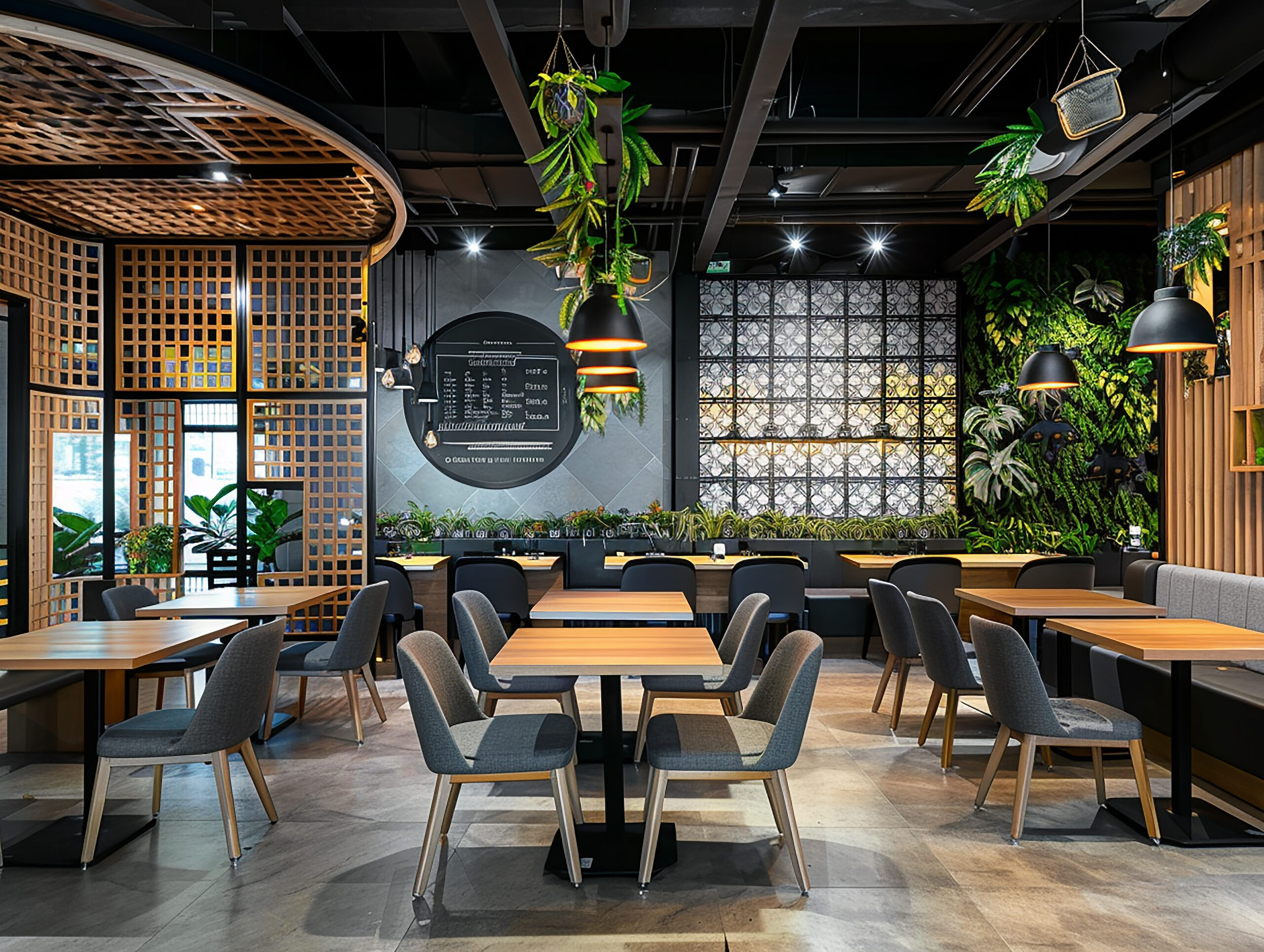
One of the important steps toward finding the right person to shape your restaurant’s atmosphere is assessing a designer’s creativity. Restaurant design can play an important role in making dining memorable and may even affect customer perception or brand identity. When evaluating a designer’s creativity, begin with a portfolio review. Evidence can be provided by how space is utilised, colour schemes or even distinctive features of decor. It is in the custom features a designer can facilitate on making your restaurant special — from statement lighting to inventive furniture arrangements to thematic touches.
The creativity does not end with the looks. A truly creative designer will seek to combine beauty with functionality in such a way that the design should elevate the dining experience and assist in the flow of operations. For instance, they may devise an innovative solution for saving space such as incorporating multi-functional furniture or zones that balance privacy with a social feel in dining. Look for those designers who can balance your restaurant concept with functional factors to provide a beautiful yet highly functional space.
The only way a designer can express themselves to the fullest is if there is collaboration between both parties. During your consultations, observe how well they can listen to your ideas, and if they are willing to collaborate with you in refining the concept. A great designer would not have just a personal creative flair but should listen to your preference too. They should value it with their expertise without sacrificing the identity of your brand. After all, creativity for restaurant design is not just about what looks good — it is to create an ambience that speaks to tell a story, lures customers in and keeps them coming back.
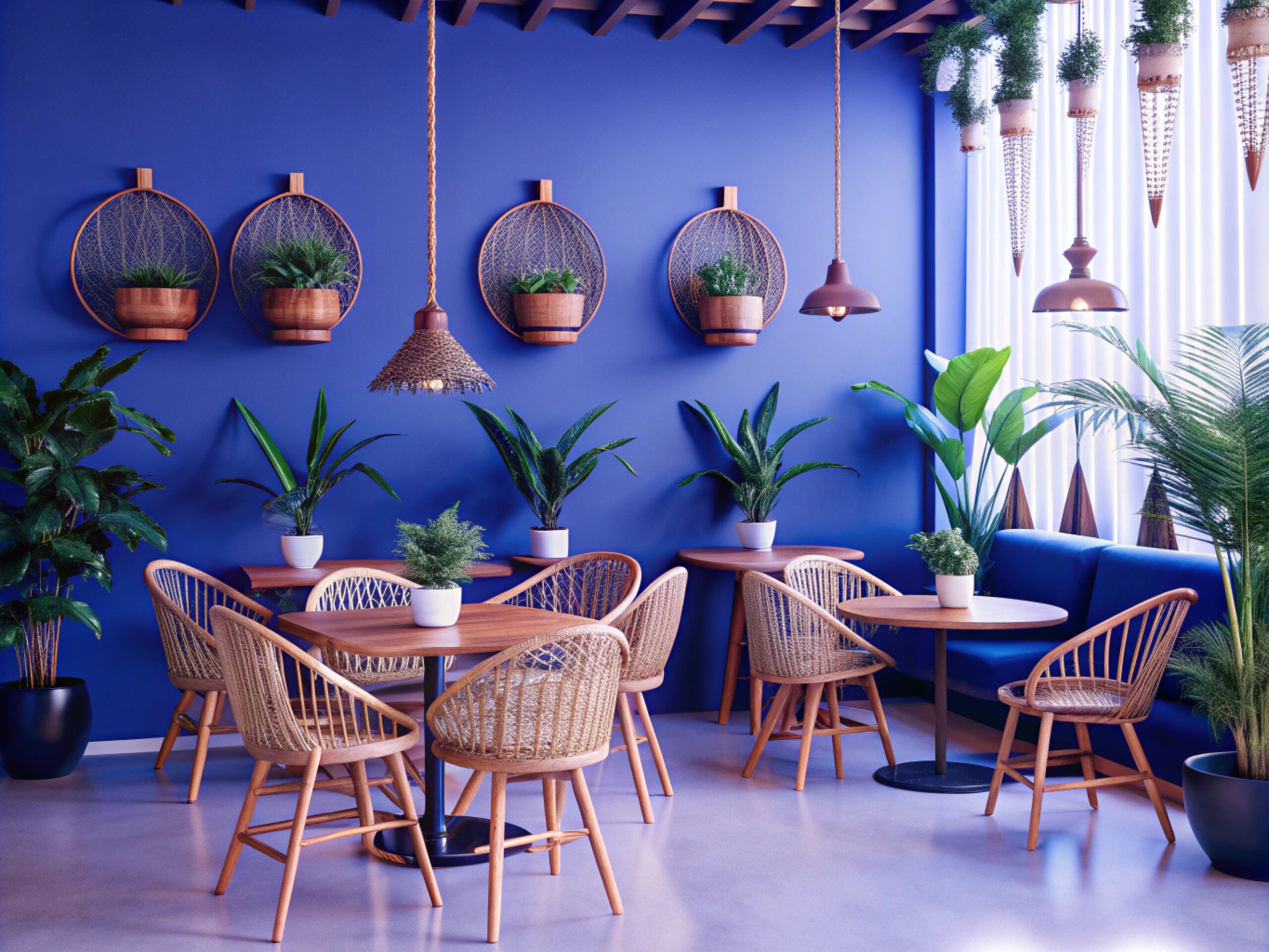
One of the most critical things to consider when hiring a restaurant interior designer is knowledge of regulations and compliance with local building codes, safety standards and health guidelines. Restaurants are probably the most highly regulated businesses that span across fire safety, hygiene, ventilation and access. An uninformed designer in these matters can create a beautiful space that does not satisfy legal requirements. The consequence might be extremely costly with delays, fines or even the need to redesign wide areas. Therefore, choosing a designer who has deep knowledge of these regulations will ensure the design process goes smoothly and avoids complications during inspections or approvals.
Besides safety codes, an experienced designer will also consider requirements for accessibility — making the restaurant accessible to all. This would also include ramps, restrooms and signage. Furthermore, restaurant regulations are especially tight regarding kitchen layout and food preparation areas — your designer needs to have prior experience in designing functional and compliant kitchen areas. This can make a huge difference to your operations where food safety and staff workflow are optimised.
While searching for a designer, ask them about local regulations experience and request samples of projects they worked on where compliance was a big factor. A good designer will also maintain a network of reliable contractors and suppliers who work within these legal frameworks further reducing risks. This will save a lot of time and money with regard to regulatory compliance through a proactive approach. Simultaneously, it will be meeting all the legal standards.
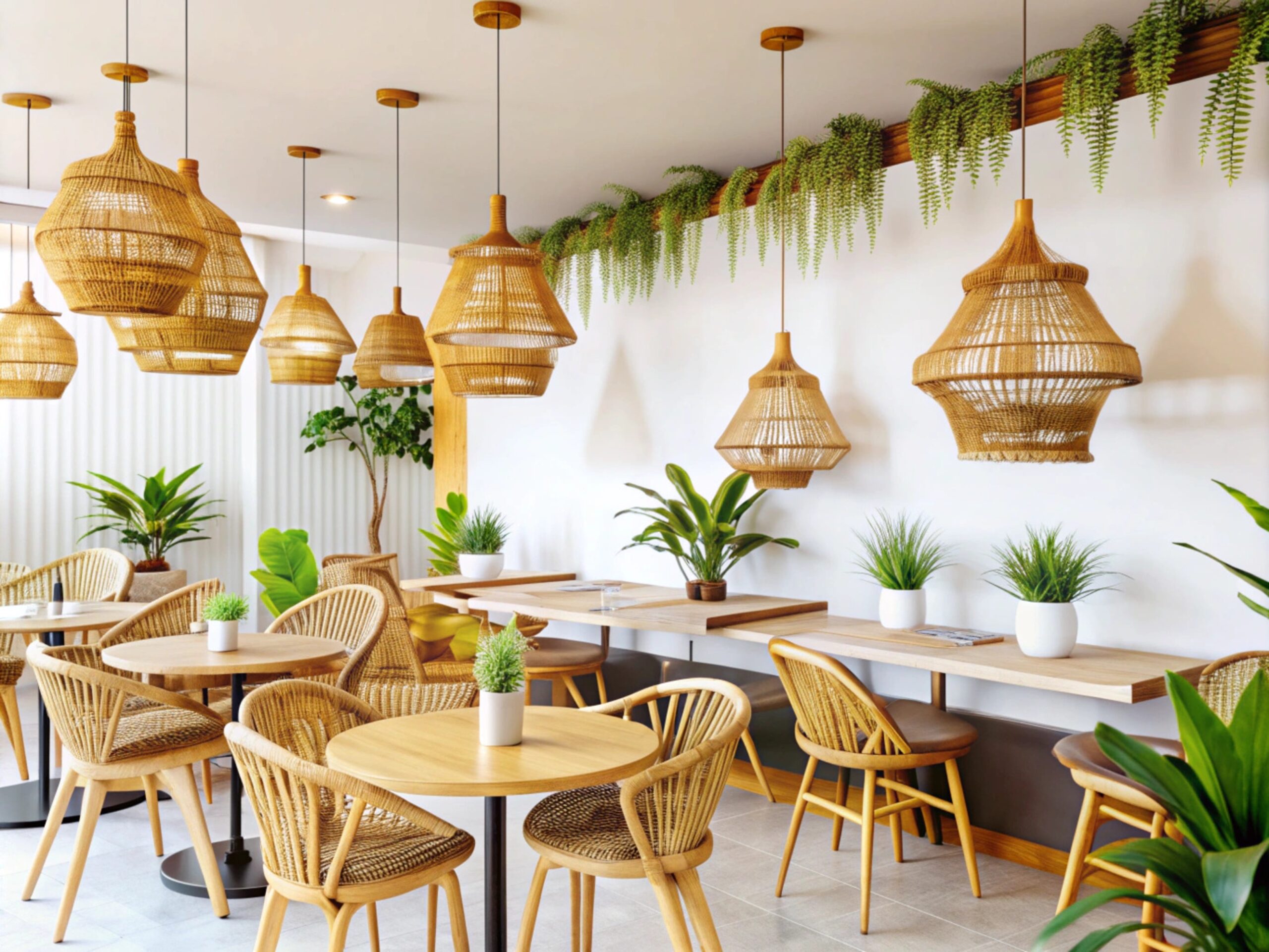
Client reviews really help a lot when one has to choose an interior designer for his or her restaurants. This acts as a source of firsthand information about the quality of work, professionalism and competence of a particular designer in meeting clients’ expectations. Begin with their website, social media reviews or other third-party review sites like Google. Positive reviews may point out a designer’s strengths — creativity, attention to detail and how they can make a space both functional and beautiful. Look for common themes in all the reviews you read about key attributes — how well the designer communicated, integrated client ideas into the final design and other important factors.
Reviews also give insight into how well the designer sticks to budgets and timelines. For restaurant owners, nothing is more crucial than sticking to the timeline since any delay will affect opening. Client testimonials can also show how the designer kept these aspects in check — whether cost-effective solutions were provided or how efficiently they worked with contractors and suppliers. Heed any red flags — one person’s complaints about unresponsiveness, hidden costs or poor project management. Meanwhile, negative reviews may turn out to be similarly revealing and serve for you to keep away from some problems.
Moreover, when the reviews are detailed, you can get an idea about a designer’s flexibility and adaptability. Designing a restaurant is teamwork as you want to work with a person who can listen to feedback and accommodate accordingly based on your vision. A customer review will most likely cover this — giving you assurance that your designer will be friendly and make sure your needs are met at all ends throughout the process. In reading through reviews closely, you would have garnered enough information to make your decision right in selecting an interior designer with regard to your restaurant’s style, functionality and operational goals.
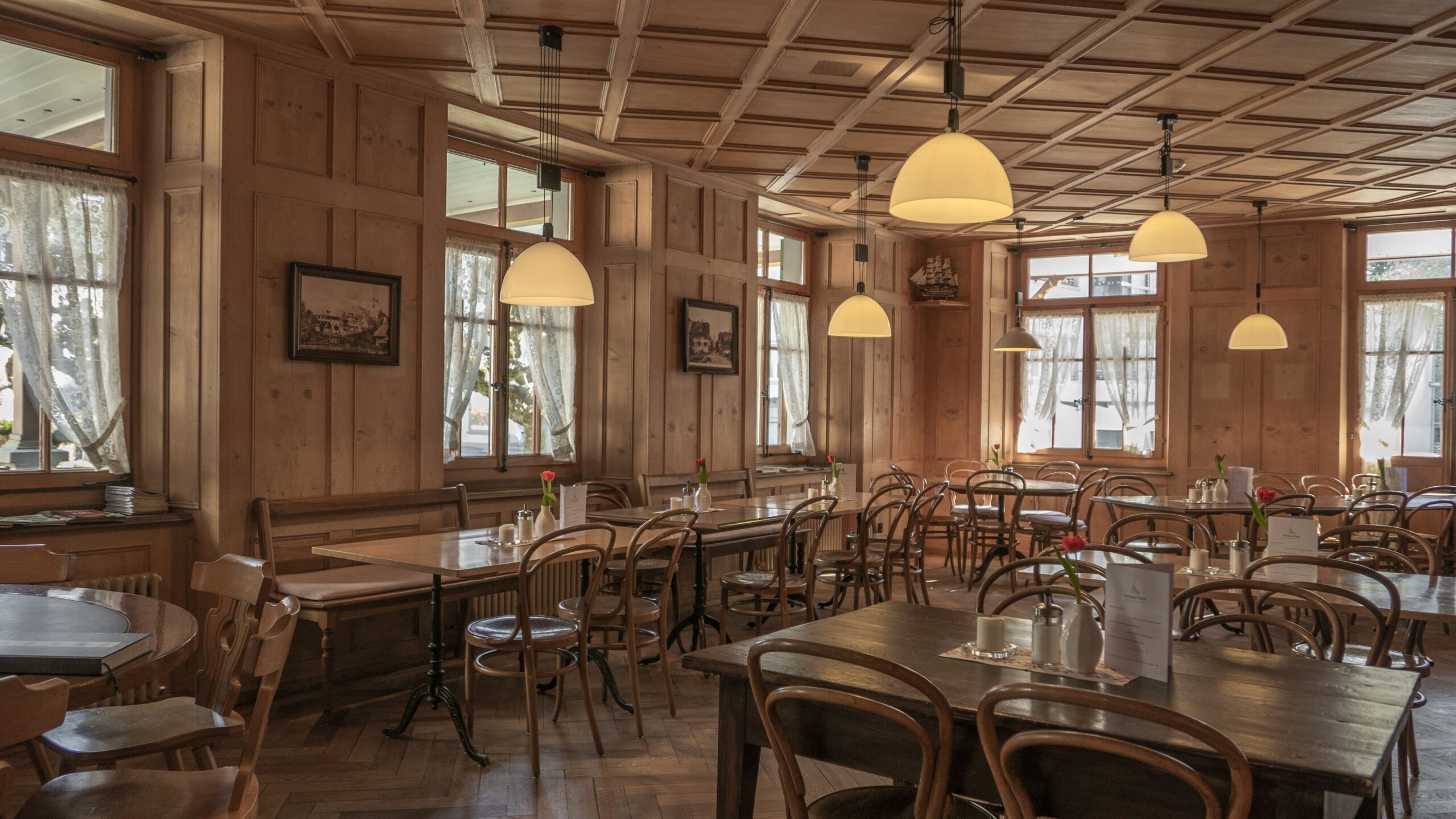
Budget transparency may make-or-break the choice for an interior designer for a restaurant — determine whether the project is successful. Let spending expectations be laid out so that misunderstanding is avoided and you are on the same page with respect to spending while retaining quality in design without hidden surprises. At the outset, one needs to have a clear budget and ensure that the designer is informed of one’s budget constraint. A good designer must be in a position to strive to work within your budget with minimal compromise on both functionality and aesthetics.
During initial consultations, ask the designer how they handle costs and what cost-saving measures they use to try and adhere to the pre-agreed budget. This could be anything from suggesting cost effective materials to finding creative ways to achieve the look you want without too much expenditure. Also, be sure to ask for a detailed breakdown of all costs involved — the costs of design services, materials, labour and any contingencies that may arise. Designers who are open about where hidden costs may lie build better trust and ensure there are no surprises as the project advances.
Another important aspect is the regular update and open communication of where the expenses are standing through the project. A designer responsible regarding the budget continuously keeps you informed whether some adjustments are needed and promptly lets you make informed decisions. This proactive approach keeps the project on track and ensures that you get the most value for your investment. Ultimately, this will make the design process smooth and easier while giving you a better result — a restaurant that will fit all your expectations without excessive financial stress by choosing a designer who values budget transparency.

Need help with interior design? I-dzine is your answer to it. We are experts in transforming space from virtual to reality. Our expertise in renovation design, oversight, and management ensures that your property is well-designed. We relentlessly focused on delivering meticulously created, beautiful, functional designs.